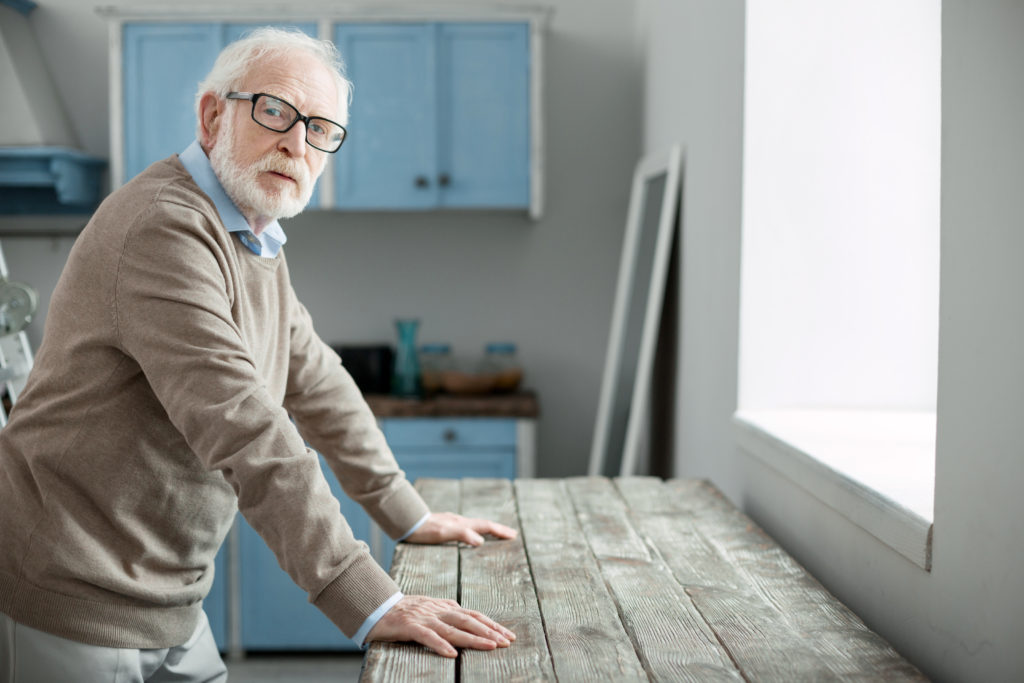Selling Senior Housing to Reluctant Boomers

Don’t let the rain drive you to the wrong shelter; the shade can turn out to be your protector and also your destroyer, and sometimes the rain is the perfect protector from the rain.
~Michael Bassey Johnson
Aging in Place / Selling Senior Housing
I was reading a piece posted on LinkedIn recently and the author was essentially arguing for new ways to entice more baby boomers into CCRC/ Independent Living communities (underlying assumption is they aren’t that interested in them). His argument was that these senior-focused models need a greater emphasis on recreational purists within peer-generating scenarios. Which to him looked something like providing a life enrichment program which might include ice skating, skydiving, white water rafting, kiteboarding, surfing, backpacking trips, snowshoeing, and scuba diving.
He further suggested that “these residents would not have to mess with things like meal prep, cleaning, maintenance, and yard care . . . unless they actually wanted to.”
For as long as I’ve been studying gerontology and living environments for older adults, I keep reading/hearing this same dilemma with senior housing. The industry continually seeks creative selling points to potential customers, some are very compelling…But it does beg the question: Why do they continue to need to overcome barriers to adoption? To me, this article has an air of desperation. Further, in part, the answer/problem lies in his own words “these residents…”
My response
The traditional “burdens of homeownership” can be neuro-protective, as in Environmental Press (https://www.academia.edu/22720219/Environmental_Press) and some actually find meaning and purpose in the challenge. LTC still has to over-come the stigma of “surrendering” in a culture steeped deeply in the narrative of rugged individualism. The endless pursuit of recreation is not for everyone…However building community with peers is compelling. But inter-generational contacts are what saves these places from becoming what Betty Friedan called “age ghettos.” I guess the industry has to keep thinking creatively, find something that sticks, and try to overcome the stigma…
________________________________________________________________________________________
5 Questions for Marc Freedman
Note: 1. I agree that peer development in older ages is a selling point 2. Social Isolation is a very real problem with many aging in place scenarios (not all however, and technology is a potential solution as is environmental design and social reimagining of aging in general)
